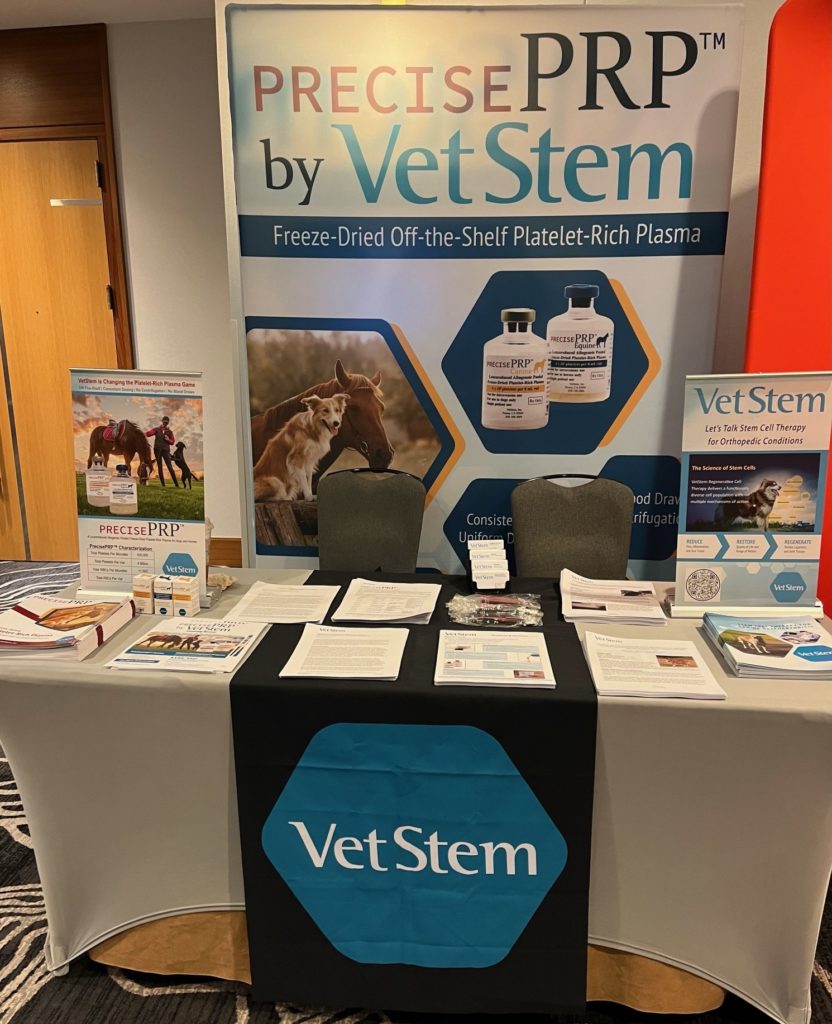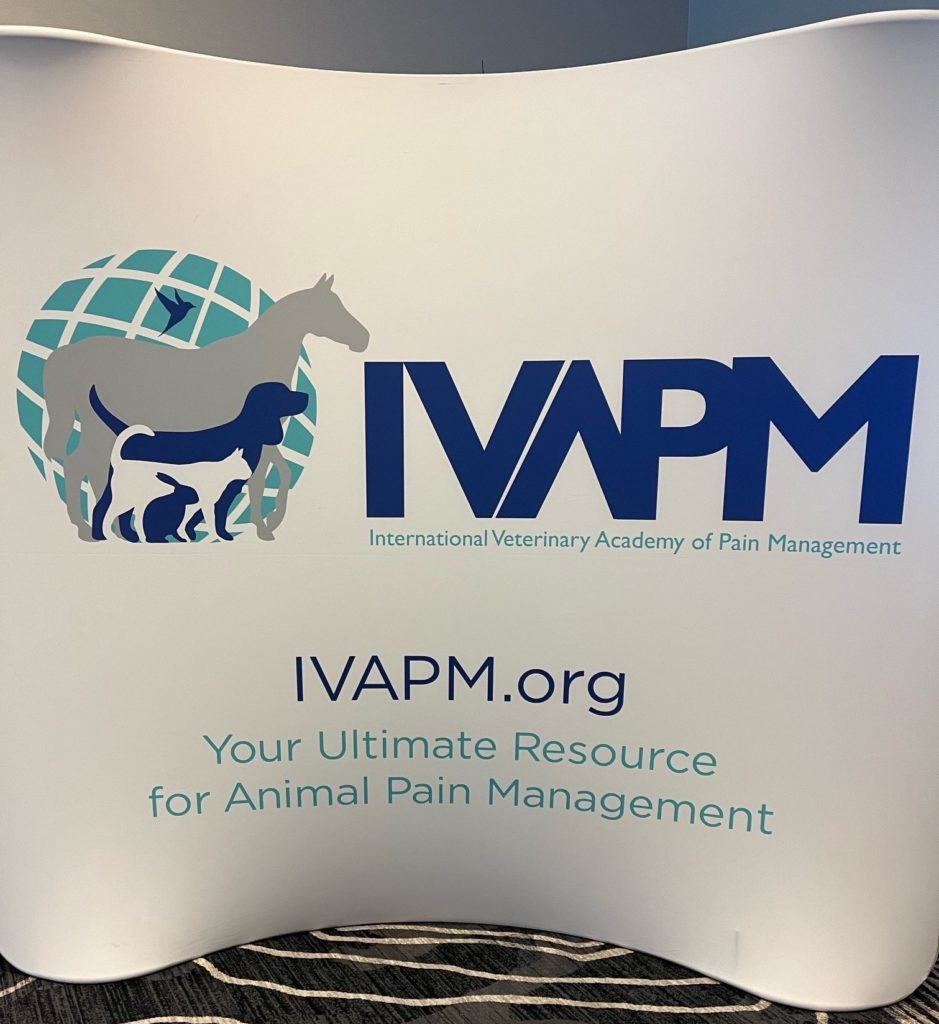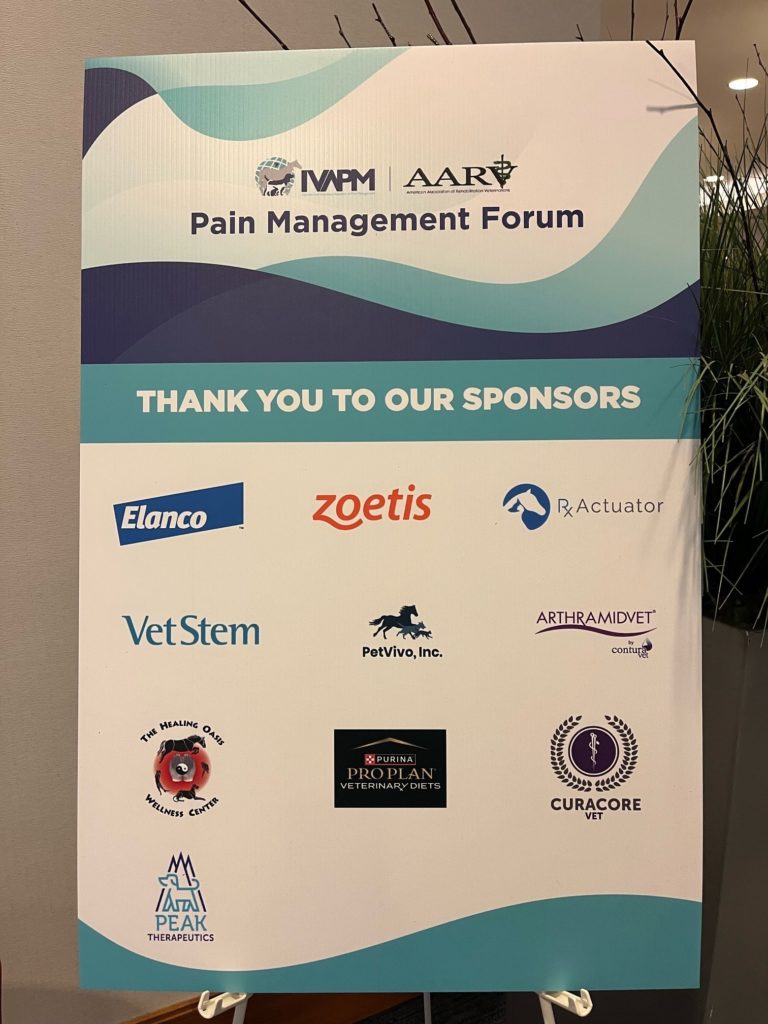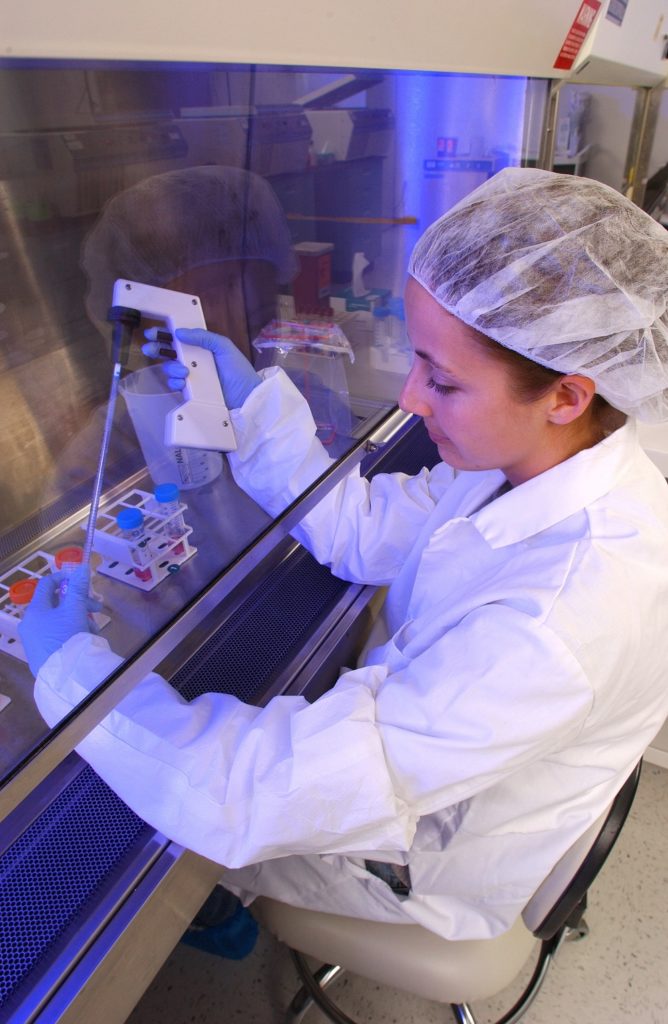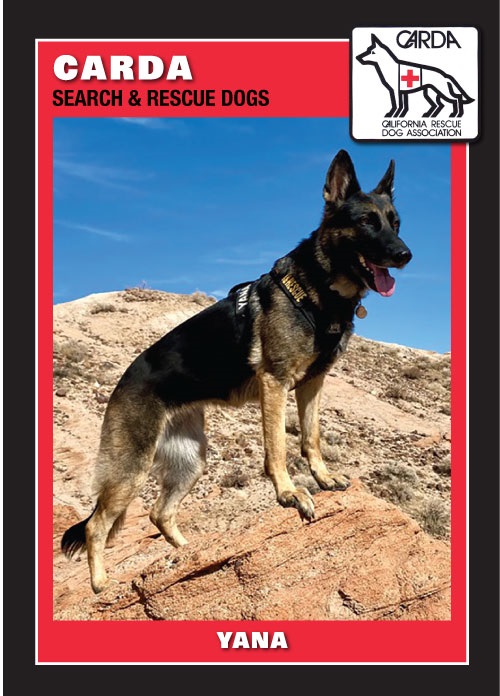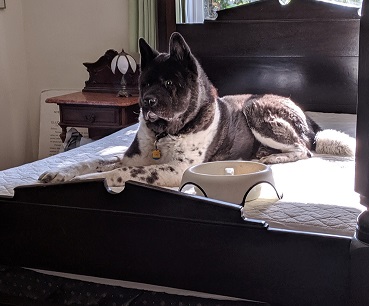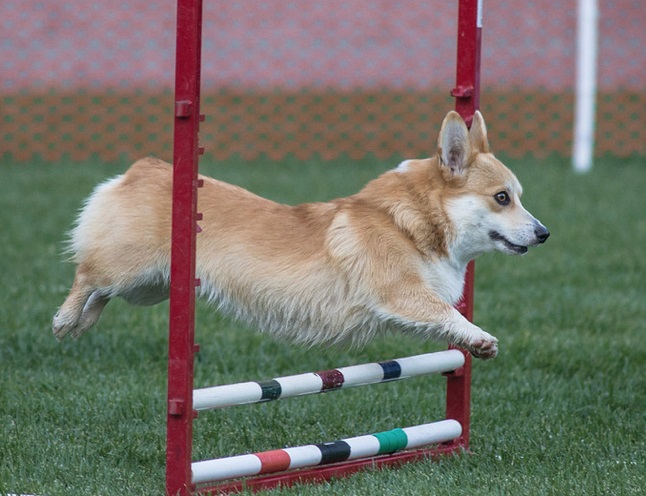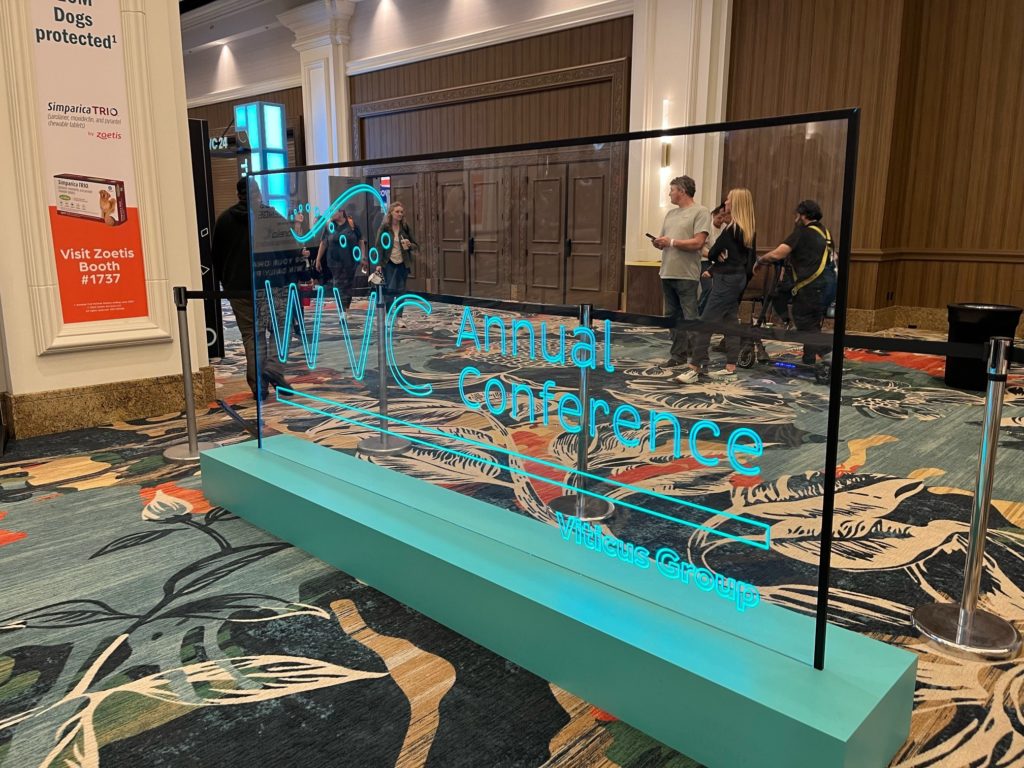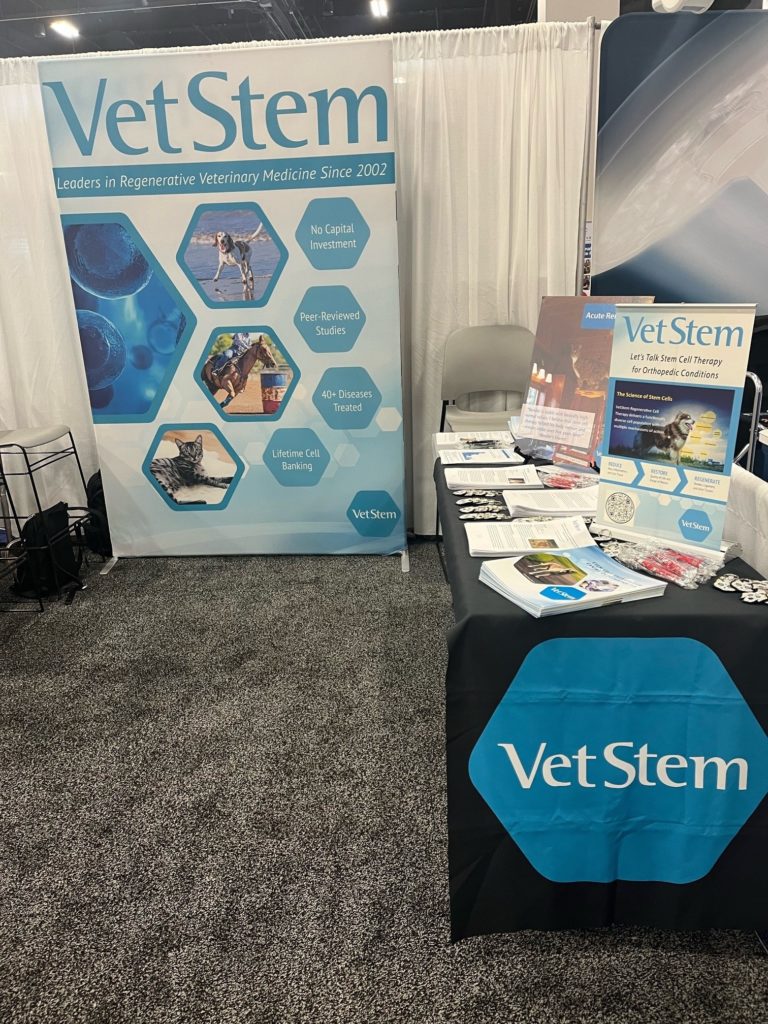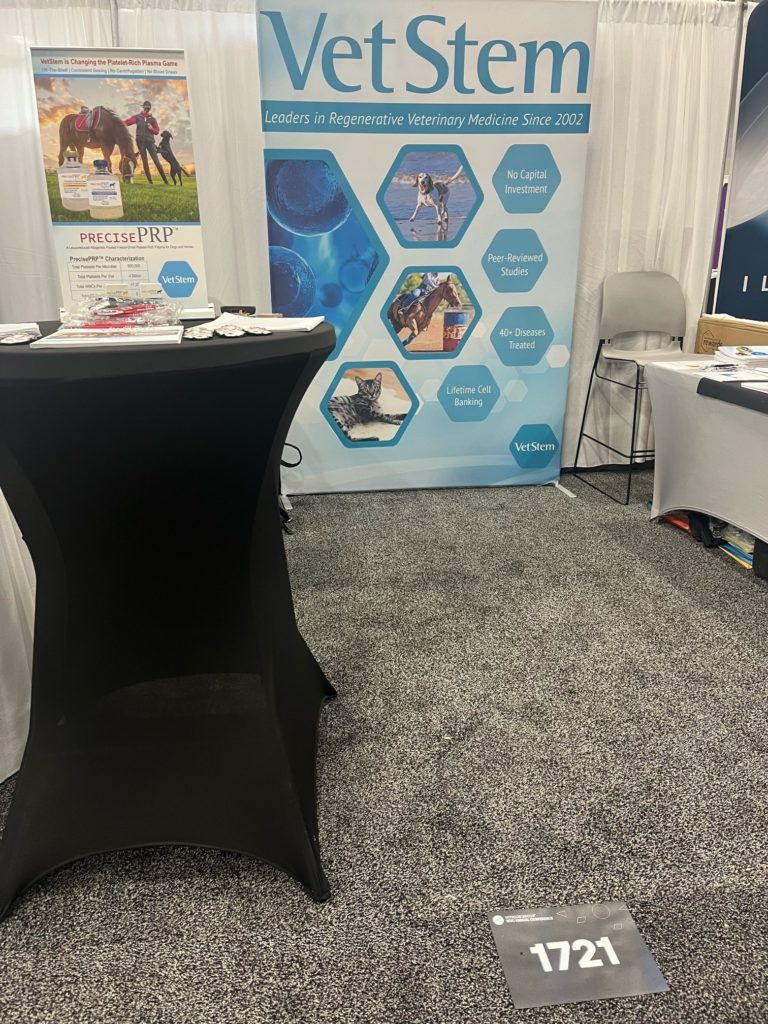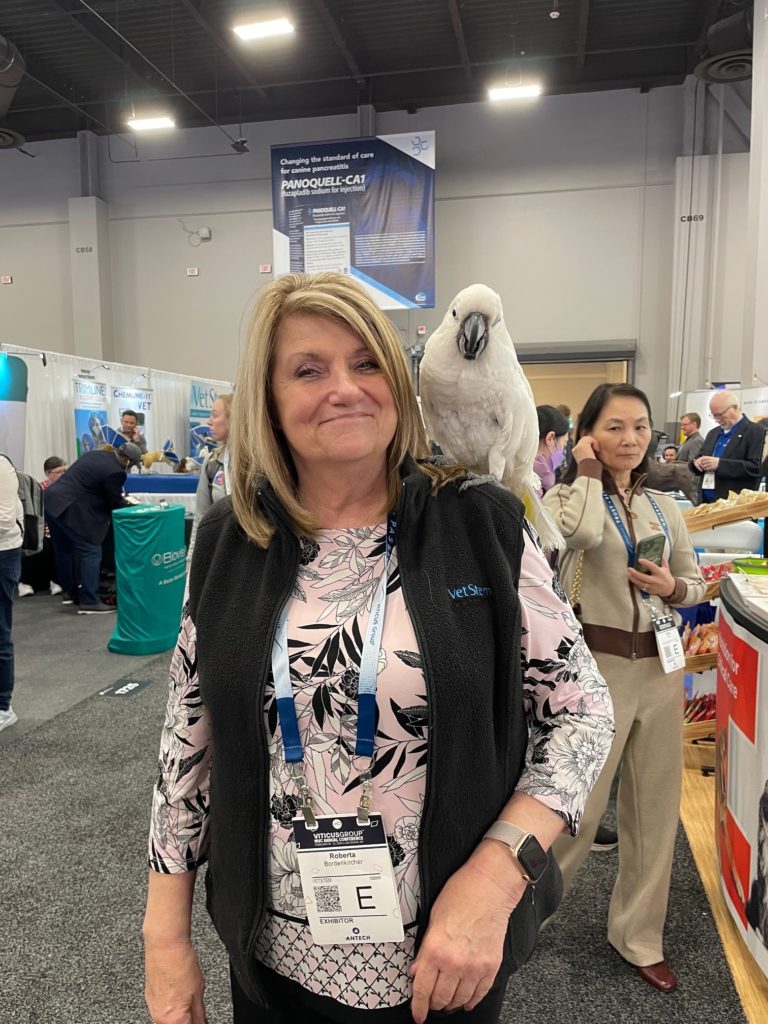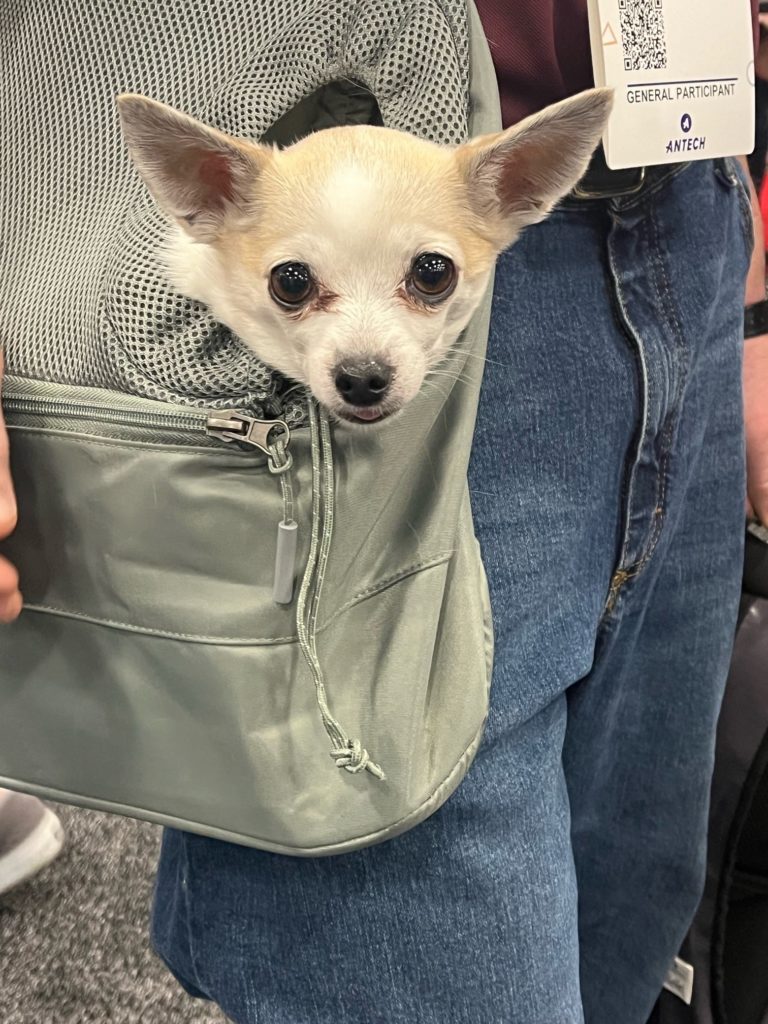VetStem Sponsors Lab at IVAPM Pain Management Forum
The VetStem sales and marketing team just returned from the International Veterinary Academy of Pain Management (IVAPM) Pain Management Forum in Indianapolis, IN. For the past few years, VetStem has sponsored a lab at the forum. This year, we sponsored a lab focusing on local blocks and joint injections. It was taught by several instructors including VetStem proponents and pain specialists Dr. Douglas Stramel and Dr. Jamie Gaynor.
Founded in 2001 by a group of veterinarians, the International Veterinary Academy of Pain Management unites veterinary professionals across all disciplines from around the world to advocate for best practices in the treatment of pain in animals. The organization is committed to encouraging pain management for all animal species through education and advocacy. They also encourage various veterinary organizations to raise public awareness about pain and pain management as it pertains to veterinary patients.
IVAPM is the leading forum and educational resource for veterinary professionals and pet owners interested in animal pain prevention, management, and treatment. One of the primary goals of IVAPM is to educate the veterinary community to recognize and treat pain in all species of animals. In addition to offering continuing education, they also provide the only interdisciplinary pain management certification program for veterinary professionals.
The Pain Management Forum brings together hundreds of veterinary professionals all advocating for the best practices in the treatment of animals in pain. This year marked the third annual Pain Management Forum. We enjoy attending and supporting the IVAPM Pain Management Forum and look forward to supporting their cause in the coming years!
